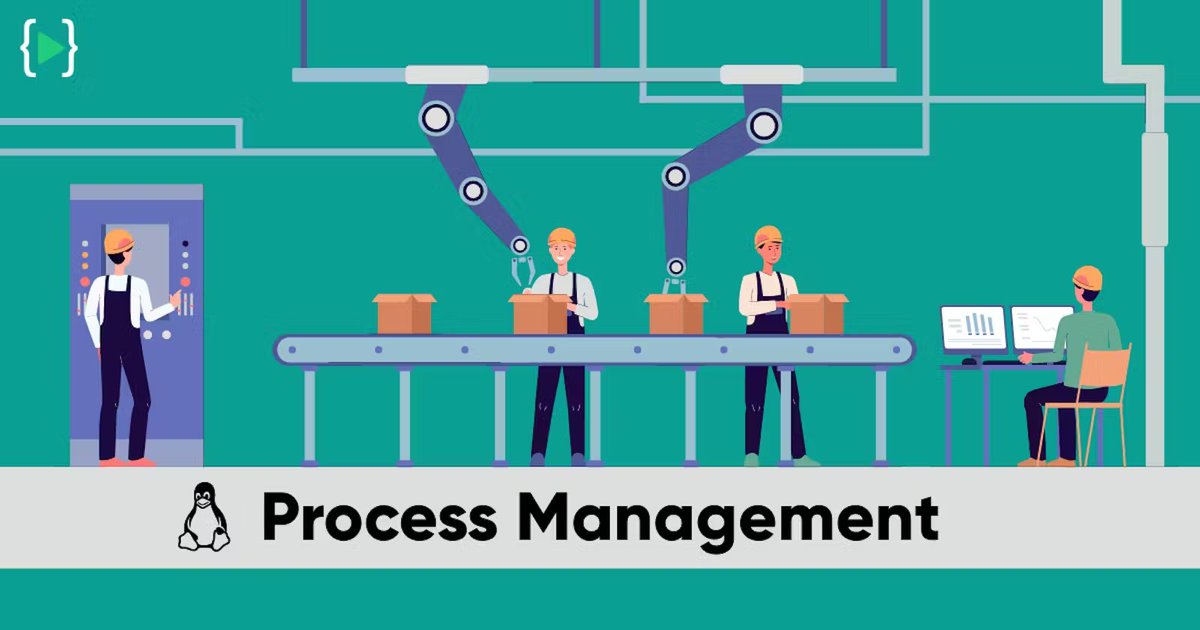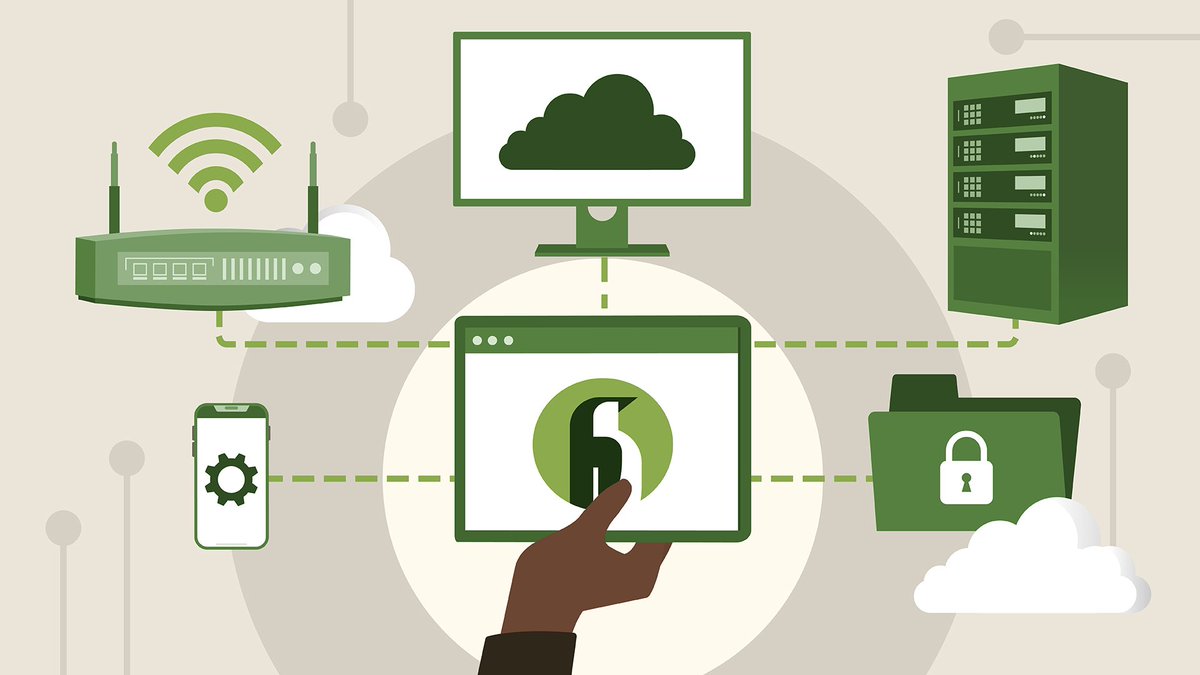1/6 🔒 What is AWS IAM? 🔒
AWS Identity and Access Management (IAM) is a service that enables you to securely control access to your AWS resources. IAM allows you to manage users, roles, and policies to define and enforce permissions for accessing your AWS services.
AWS Identity and Access Management (IAM) is a service that enables you to securely control access to your AWS resources. IAM allows you to manage users, roles, and policies to define and enforce permissions for accessing your AWS services.
2/6 👥 Users
In IAM, users represent individual people or entities dat need to interact with ur AWS resources. Users r assigned unique creds, such as access keys, to authenticate themselves when accessing AWS services.
For Eg: @johndoe is a user with access to EC2 instances.
In IAM, users represent individual people or entities dat need to interact with ur AWS resources. Users r assigned unique creds, such as access keys, to authenticate themselves when accessing AWS services.
For Eg: @johndoe is a user with access to EC2 instances.

3/6 🎭 Roles
Roles are used to grant permissions to entities that r not tied to a specific user. It cud be assigned to an app/service/AWS resource. Roles hv policies attached to dem, defining d permissions dey have.
Eg: @MyAppRole is a role with readonly access to S3 buckets.
Roles are used to grant permissions to entities that r not tied to a specific user. It cud be assigned to an app/service/AWS resource. Roles hv policies attached to dem, defining d permissions dey have.
Eg: @MyAppRole is a role with readonly access to S3 buckets.

4/6 📜 Policies
Policies in IAM are JSON documents that define permissions. They can be attached to users or roles to grant or restrict access to AWS resources. Policies define what actions are allowed or denied, and on which resources.
For example:
Policies in IAM are JSON documents that define permissions. They can be attached to users or roles to grant or restrict access to AWS resources. Policies define what actions are allowed or denied, and on which resources.
For example:

5/6 🔐 Example: User, Role, & Policy
Let's say u hv an app dat needs readonly access to ur DynamoDB tables.
Here's how u can set it up using IAM:
Create a user named @MyAppUser.
Attach a policy allowing DynamoDB read access to @MyAppUser
Generate access keys for @MyAppUser
Let's say u hv an app dat needs readonly access to ur DynamoDB tables.
Here's how u can set it up using IAM:
Create a user named @MyAppUser.
Attach a policy allowing DynamoDB read access to @MyAppUser
Generate access keys for @MyAppUser
6/6 🔐 Example (continued)
Create a role named @MyAppRole.
Attach a policy allowing DynamoDB read access to @MyAppRole.
Assign the @MyAppRole to your application or service.
Ensure your application or service uses the role's credentials for authentication.
Create a role named @MyAppRole.
Attach a policy allowing DynamoDB read access to @MyAppRole.
Assign the @MyAppRole to your application or service.
Ensure your application or service uses the role's credentials for authentication.
And that's it! IAM helps you manage access to your AWS resources, ensuring security and control. #AWSIAM #Security
Additional Concepts in AWS IAM Explained 👇
1/5 🔒 Multi-Factor Authentication
MFA adds an extra layer of security to IAM users' auth'n process. It requires users to provide an additional piece of info, such as a one-time pass from a mobile device, along wid their regular username & password. MFA enhances ur a/c security.
MFA adds an extra layer of security to IAM users' auth'n process. It requires users to provide an additional piece of info, such as a one-time pass from a mobile device, along wid their regular username & password. MFA enhances ur a/c security.

2/5 🔐 Identity Federation
It allows u to grant temp access to AWS resources to users who r authenticated by an external identity provider. Instead of creating IAM users, u can use existing identities from sources like AD/LDAP or SAML-based IdPs. This simplifies access mgmt.
It allows u to grant temp access to AWS resources to users who r authenticated by an external identity provider. Instead of creating IAM users, u can use existing identities from sources like AD/LDAP or SAML-based IdPs. This simplifies access mgmt.

3/5 🗝️ Access Keys
Access keys r long-term creds used to authenticate API requests to AWS services. Dey consist of an access key ID & a secret access key. They r typically used wid programmatic access, such as using AWS CLI or SDKs. Rotate dem periodically to maintain security.
Access keys r long-term creds used to authenticate API requests to AWS services. Dey consist of an access key ID & a secret access key. They r typically used wid programmatic access, such as using AWS CLI or SDKs. Rotate dem periodically to maintain security.

4/5 🔒 Permission Boundaries
They allow u to delegate admin tasks w/o granting full admin access. By setting this u define the max permission a user or role can hv. This helps limit the scope of actions dey can perform, reducing the risk of accidental or intentional misuse.
They allow u to delegate admin tasks w/o granting full admin access. By setting this u define the max permission a user or role can hv. This helps limit the scope of actions dey can perform, reducing the risk of accidental or intentional misuse.

5/5 🔐 Security Best Practices
To ensure a secure IAM implementation, follow these best practices:
1. Apply the principle of least privilege.
2. Regularly review and audit IAM policies.
3. Enable MFA for privileged users.
To ensure a secure IAM implementation, follow these best practices:
1. Apply the principle of least privilege.
2. Regularly review and audit IAM policies.
3. Enable MFA for privileged users.

4. Use IAM roles instead of long-term access keys where possible.
5. Enable CloudTrail for monitoring IAM events.
6. Implement strong password policies.
7. Regularly rotate access keys and SSL/TLS certificates.
5. Enable CloudTrail for monitoring IAM events.
6. Implement strong password policies.
7. Regularly rotate access keys and SSL/TLS certificates.
By implementing these best practices, you can enhance the security of your AWS resources and protect against unauthorized access. #AWSIAM #SecurityBestPractices
Retweet the thread if you find it useful. Thanks!
https://twitter.com/devops_tech/status/1666459998786932738?s=20
• • •
Missing some Tweet in this thread? You can try to
force a refresh

 Read on Twitter
Read on Twitter










